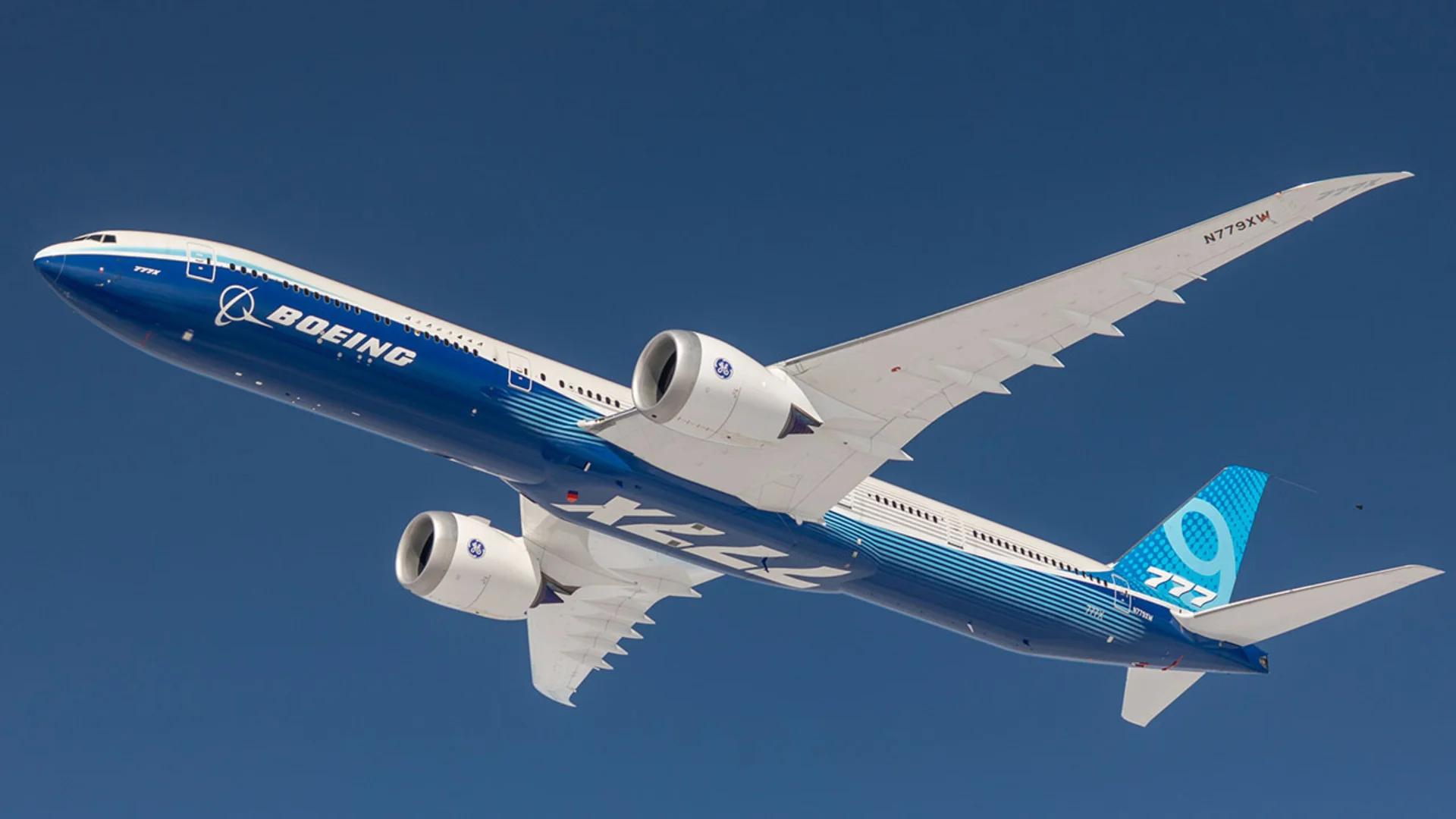A notable aspect of the new design is its enlarged windows. The windows are over 15 percent larger than those on competing aircraft and are positioned higher on the fuselage so they align at eye level for more passengers. These changes increase natural light inside the cabin and improve views for those seated away from the windows.
The interior also incorporates other improvements such as a lower cabin altitude of 6,000 feet—similar to that of the 787 Dreamliner—and higher humidity levels. Enhanced air filtration systems aim to improve passenger well-being during flights.
According to Bob Feldmann, vice president and general manager of the 777X Program: "Boeing has always been committed to exploration and research that leads to the right innovations needed to deliver a superior passenger experience. That commitment has established Boeing as the industry leader in interiors and will extend to the 777X. We're already getting very positive feedback from our customers about the 777X's design concepts, and we think passengers' preference for the 777-300ER and 787 will continue with the 777X."
Other features include wider cabins achieved through thinner sidewalls, an advanced LED lighting system for customizable ambiance, quieter engines using new nacelle designs, improved insulation, and an increased number of low-noise air nozzles throughout the passenger area.
The new GE9X engines not only provide greater fuel efficiency but also contribute to reduced noise levels inside the cabin. The modular architecture allows airlines further customization options based on their brand identity or service requirements.
Steve Downing, president and chief executive officer of Gentex Corporation—the company supplying dimmable electronic window technology (EDW) for this model—said: “We’re proud to be a continued partner with Boeing as we look to expand and improve our dimmable glass product offerings. With careful design and collaboration with Boeing, our teams have developed a robust EDW system that easily integrates to the airframe for optimal control, aesthetics, performance, and reliability.”
Gentex’s latest EDW technology debuts on this program; it can dim twice as fast as previous versions while blocking nearly all visible light. Centralized control means flight attendants can adjust window settings without disturbing passengers individually.
Kent Craver of Boeing explained in comments published by Flight Global that much of what made passengers prefer earlier Dreamliners influenced decisions on this aircraft’s layout as well.
At a Barclays event earlier this year covered by Leeham News (https://leehamnews.com/2025/02/19/boeing-sees-light-at-end-of-777x-certification-tunnel/), Boeing CEO Kelly Ortberg provided an update: “We’re going through the flight test program, and we’re planning to get the certification done towards the end of this year or early next year so we can start the delivery. The challenge is we’ve got to get through the certification here on the Dash 9 to start delivering these things to our customers."
With seating capacities ranging from about 395 (in typical two-class layouts) up to more than 420 seats depending on variant (777-8 or 777-9), ranges exceeding several thousand nautical miles per version, widebody twin-aisle configurations remain central features alongside next-generation GE9X engines supplied by GE Aviation.
Dennis Eng, director of 777X Interiors at Boeing said: "With key development ahead, the 777X will incorporate state-of-the art interior design and technologies. The 777X will redefine the total passenger experience. All of the interior features we are exploring and designing into the new airplane are working together as a package to create an exciting new passenger experience."
Boeing's research found that most travelers value being able to see outside during flight—prompting structural changes in window size placement compared with older metal-fuselage designs. This approach enables better views even from middle seats while maintaining overall comfort improvements across all cabins.
 Alerts Sign-up
Alerts Sign-up





































